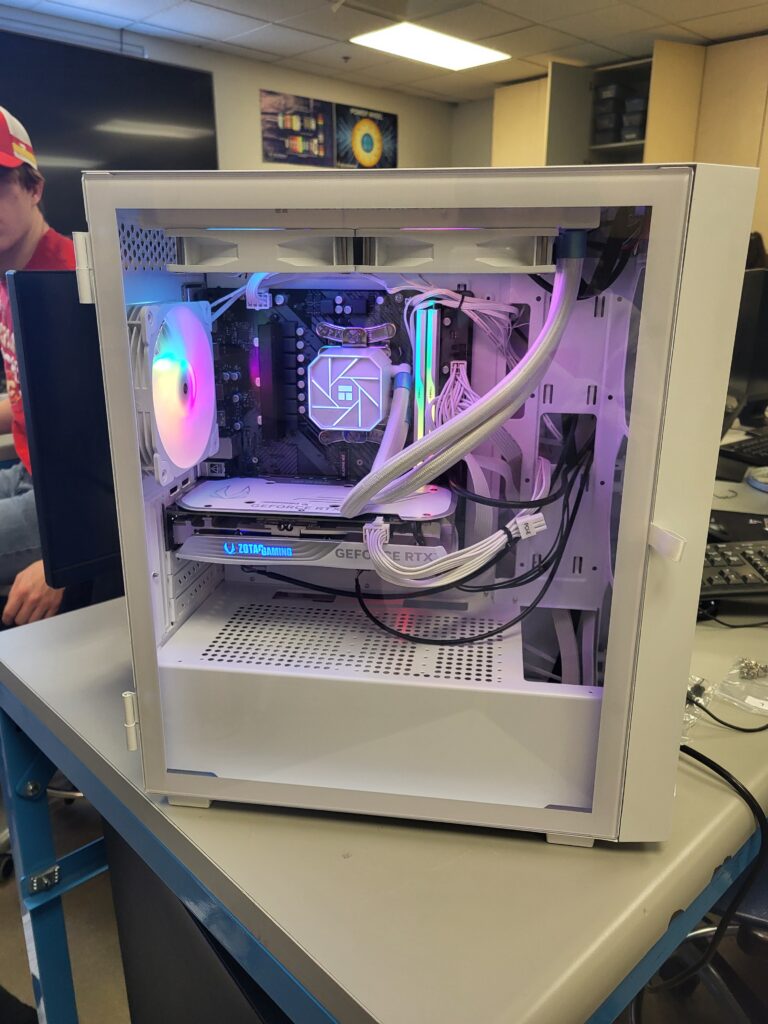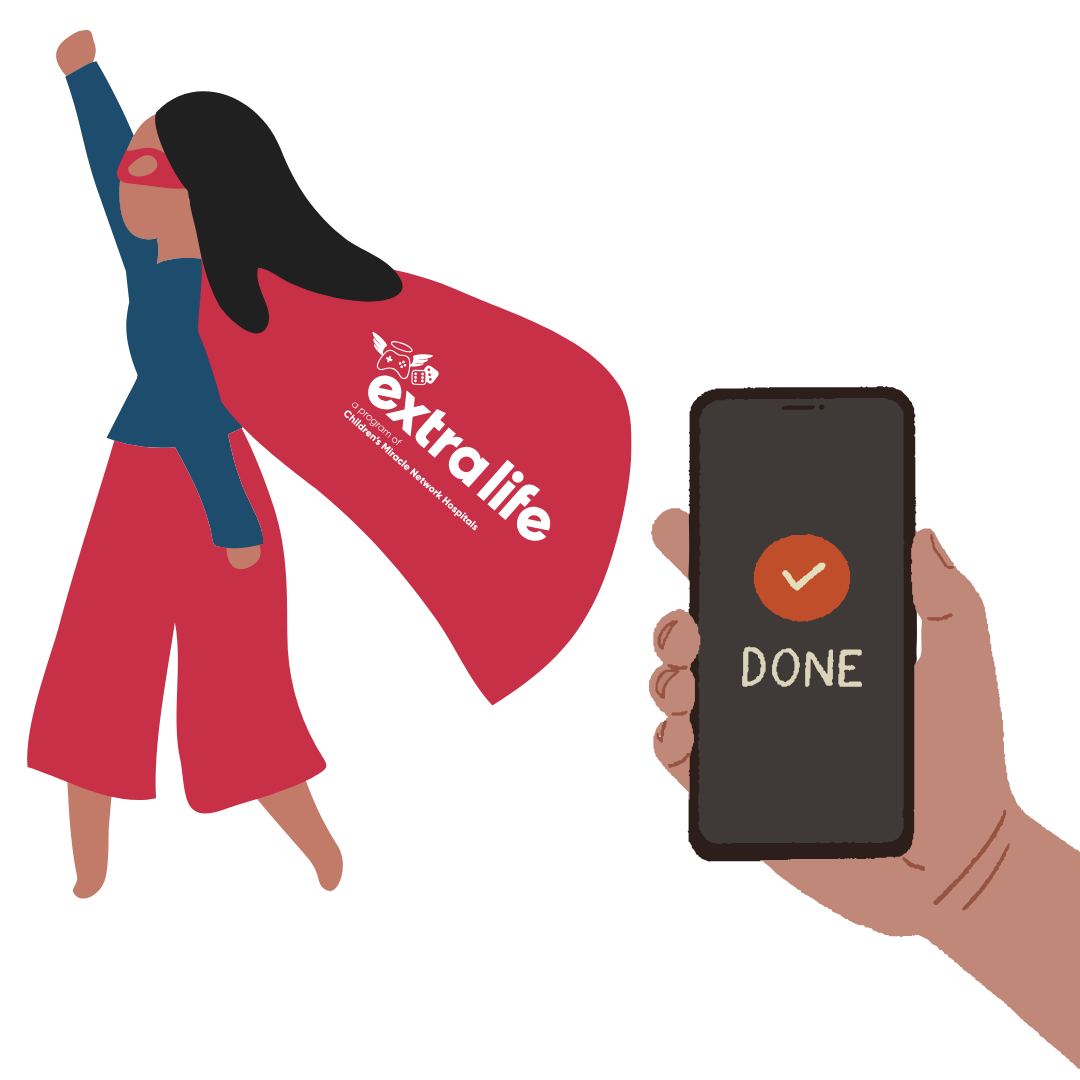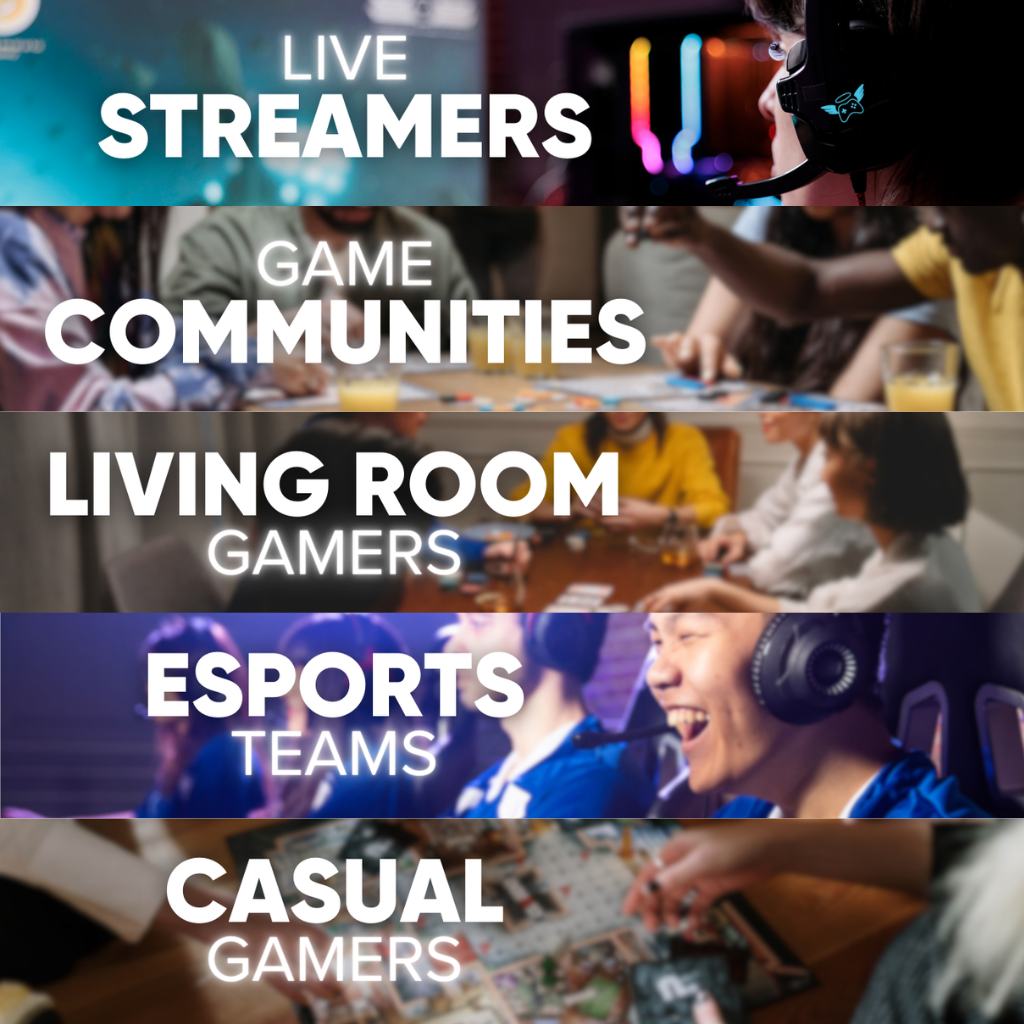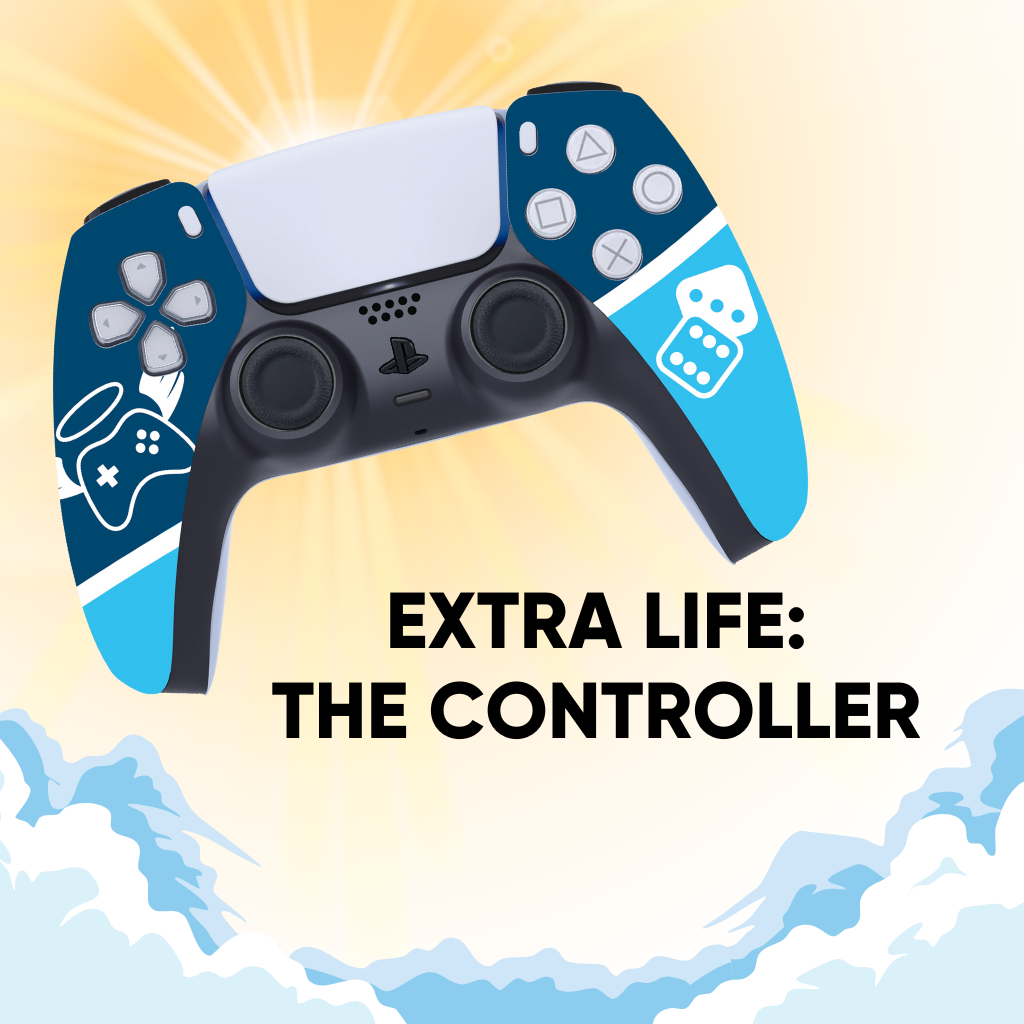How One High School Turned an Overnight Gaming Event into Fundraising Success for Extra Life
If you’re connected to a local school or know someone who is, you might be sitting on a unique opportunity to bring gaming for good into a new environment and in front of a new audience. That’s what happened when Duane, a local Code Ninjas owner and Extra Life supporter, helped students organize an overnight gaming fundraiser where he works as a teacher at Meridian Technical Charter High School (MTCHS) in Meridian, Idaho. The result? A fun, engaging student-led event that raised over $23,000 for St. Luke’s Children’s in Boise and got the whole school and community buzzing.
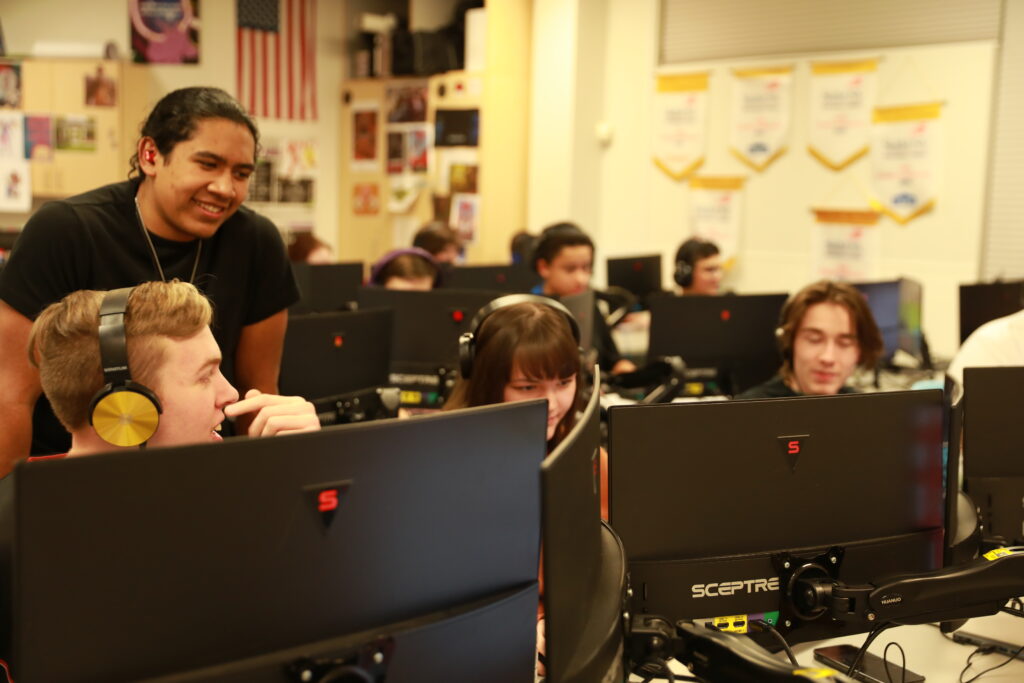
Here’s how it came together, what worked, and what they’d do differently next time, so you can consider bringing something like it to your school or community:
The Event
Duane first found out about Extra Life through his work as the owner of a local Code Ninjas, an international kids coding franchise and Extra Life partner. Around the same time, a few high school students he taught at MTCHS wanted to participate in a SkillsUSA competition, specifically in the community service category.
That led to a conversation: What kind of community service project would high schoolers actually get excited about? Duane brought the idea of fundraising for Extra Life to the table, and when he mentioned gaming for a good cause, the students lit up. They were especially excited by the idea of hosting an all-night gaming event.
MTCHS is already no stranger to “tech parties” — brief, 4-to-6-hour events held a few times a year for students to explore their interest in tech and gaming. But those events were usually limited in scope and time.
They decided to host an overnight gaming party on campus, featuring video games, tabletop games, and opportunity drawings all in support of St. Luke’s Children’s via Extra Life. The event was entirely student-focused and student-led, with Duane and a few teachers acting as facilitators.
Overnight events on school grounds can be a tough sell. But for MTCHS, where gaming culture is already a part of student life, fortunately there weren’t major hurdles from the administration.
The drawing prizes played a key role in pulling students in and providing a structured reason to participate, instead of just gaming at home.
That’s where some community connections made all the difference. A friend of Duane’s business donated $5,000 to help cover event costs, $2,500 for prizes and $2,500 for food. St. Luke’s Children’s also engaged other local CMN Hospitals partners to chip in, contributing items and food. Parents even got involved, donating snacks and making pancakes the morning after the event for the tired but happy group of gamers.
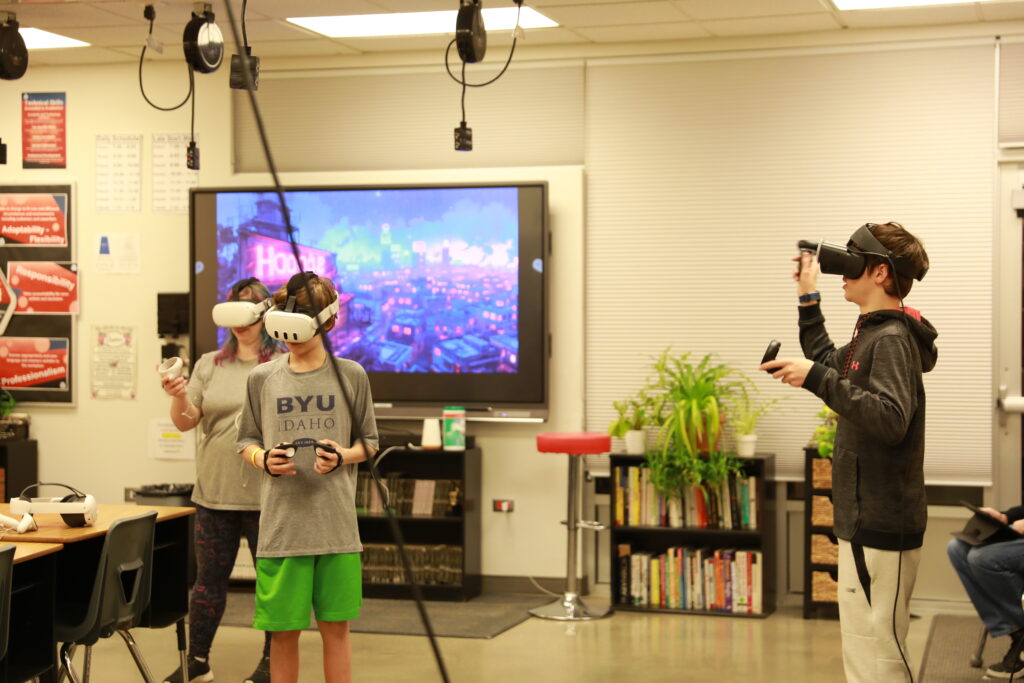
What Worked
1. Letting Students Lead
The idea for an all-nighter came from the students, and that ownership made a big difference in participation and energy. When kids feel like it’s theirs, they’ll show up and make it awesome.
2. Opportunity Drawing Prizes and Food
Having an incentive structure gave the event shape and purpose. Students had the opportunity to submit ideas for prizes, which included everything from gift cards to a desktop computer. Getting them excited to win is key! Drawings were spread throughout the night and kept kids engaged, and having quality food (with pancakes as a morning send-off) gave the event a warm, welcoming feel.
3. On-Campus Culture Fit
The school already had a strong tech and gaming presence, so the event felt like a natural extension of what students were already interested in. There wasn’t a need to “sell” the idea, it just made sense.
Notes for Next Time
1. Maybe Not a Full 24 Hours
Pulling off a full overnight was a great experience, but intense. A 12-hour or evening-to-midnight event might strike a better balance between fun and logistics.
2. Spread the Workload
While the event was successful, organizing it was a lift. This is where having administration buy-in and a group of dedicated student volunteers made all the difference.
